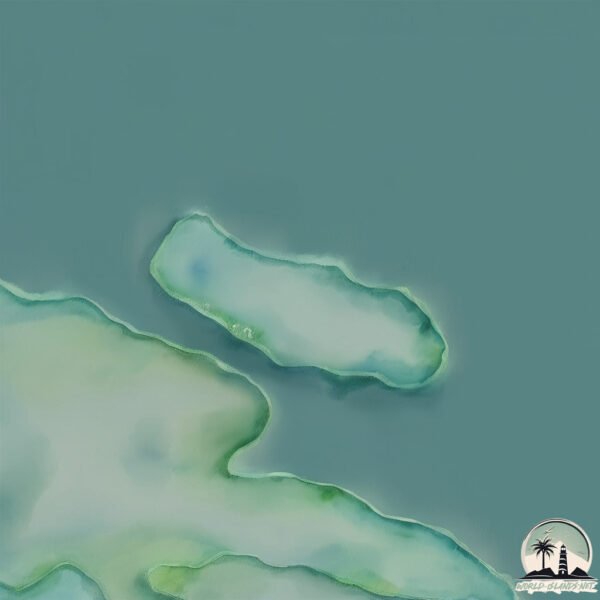Welcome to Isla Patranca , a Polar island in the South Pacific Ocean, part of the majestic Pacific Ocean. This guide offers a comprehensive overview of what makes Isla Patranca unique – from its geography and climate to its population, infrastructure, and beyond. Dive into the details:
Geography and size of Isla Patranca
Size: 0.116 km²Coastline: 1.9 kmOcean: Pacific OceanSea: South Pacific OceanContinent: South America
Isla Patranca is a Tiny Island spanning 0.116 km² with a coastline of 1.9 km.
Archipel: –
Tectonic Plate: Scotia – Situated in the Southern Ocean, surrounding the Scotia Sea, between South America and Antarctica, known for the Scotia Arc and active seismicity.
The geographic heart of the island is pinpointed at these coordinates:
Climate and weather of Isla Patranca
Climate Zone: PolarClimate Details: TundraTemperature: Cold
Climate Characteristics: The tundra climate features long, extremely cold winters and short, cool summers. Vegetation is limited to mosses, lichens, and small shrubs due to the low temperatures and short growing seasons. Biodiversity is low, but some specialized species thrive.
Topography and nature of Isla Patranca
Timezone: UTC-04:00Timezone places: America/La_PazMax. Elevation: -3 m Mean Elevation: -27 mVegetation: Herbaceous CoverTree Coverage: 40%
The mean elevation is -27 m. Remarkably, this unique island barely emerges above the sea level, showcasing nature’s fascinating interplay with the ocean. The island is characterized by Plains: Flat, low-lying lands characterized by a maximum elevation of up to 200 meters. On islands, plains are typically coastal lowlands or central flat areas.
Dominating Vegetation: Herbaceous Cover
Vegetation: 1 vegetation zones – Minimal Diversity Island
Infrastructure and Travelling to Isla Patranca
Does the island have a public airport? no .
Does the island have a major port? no .
The mean population of Isla Patranca is 7 per km². Isla Patranca is Gently Populated. The island belongs to Chile .
Continuing your journey, Desolacion is the next notable island, situated merely km away.
Magellanic penguins displaying on a beach, Gypsy Cove, Stanley, Falkland Islands.
Magellanic penguins (Spheniscus magellanicus) displaying on a beach, Gypsy Cove, Stanley, Falkland Islands.
Magellanic penguins displaying on a beach, Gypsy Cove, Stanley, Falkland Islands.
Magellanic penguins (Spheniscus magellanicus) displaying on a beach, ...
Magellanic penguins (Spheniscus magellanicus) displaying on a beach, Gypsy Cove, Stanley, Falkland Islands.
Ballestas Islands, Peru, El Candelabro, Paracas HD Video
We board a speedboat from the town of Paracas. It took us to the ...
We board a speedboat from the town of Paracas. It took us to the Ballestas Islands, that are located just off the coast of Peru.
Lobos marinos en las Islas Ballestas
Lobos marinos en las Islas Ballestas en nuestro viaje a Perú ...
Chile is classified as Emerging region: G20: Group of Twenty – Major economies comprising both developed and emerging countries, representing the world’s largest economies. The level of income is Upper middle income.
News – Latest Updates and Headlines from Isla Patranca
Stay informed with the most recent news and important headlines from Isla Patranca. Here’s a roundup of the latest developments.
Loading...
Please note: The data used here has been primarily extracted from satellite readings. Deviations from exact values may occur, particularly regarding the height of elevations and population density. Land area and coastline measurements refer to average values at mean high tide.

